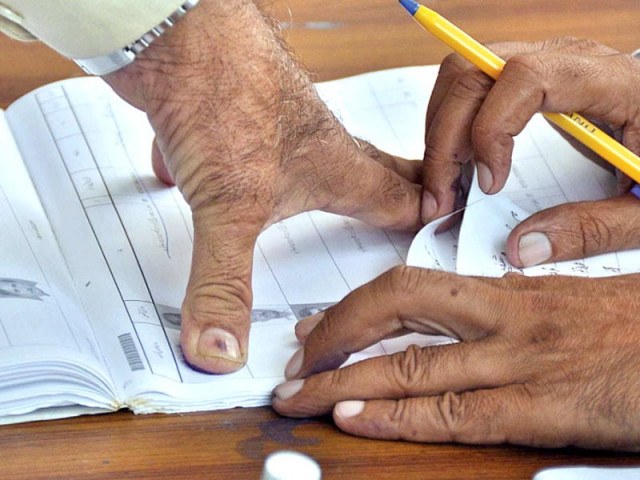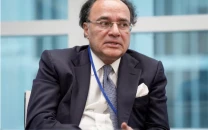Voter surge makes Pakistan fifth largest democracy in world
Country witnesses substantial increase of 22.5 million voters including 12.5 million women

With the fifth-highest number of registered voters globally, Pakistan has a record 128 million people, constituting over half of its total population, registered as voters on the final electoral rolls for the upcoming general elections scheduled for February 8.
It means there is a substantial increase of 22.5 million voters including 12.5 million women since 2018, according to a Free and Fair Election Network (Fafen) report titled as “Electoral Rolls, General Election 2024”. The report was released on Wednesday.
This unprecedented surge brings the total number of registered voters to 128,585,760 in 2024, marking a significant rise from 106,000,239 in 2018 and 86,189,828 in 2013.
This makes Pakistan the fifth largest democracy in the world after India, Indonesia, United States and Brazil. This is also the first time that Pakistan registered more women voters as compared to men in-between two elections.
Presently, the number of registered voters constitutes 53.2 percent of the 241.49 million population. Nevertheless, there are regional disparities in voter-to-population ratios, with Punjab (57 percent) and Khyber Pakhtunkhwa (53 percent) registering over half of their populations as voters.
Sindh and Islamabad have voter-to-population ratios close to 50 percent, while Balochistan lags behind with 36 percent population registered as voters.
The voter-to-population ratio can be indicative of potential under-registration with a caveat. The ratio only accounts for voters registered in their native districts and not those who are registered as voters on their temporary addresses outside their native districts.
At the district and constituency levels, the disparity in voter proportions becomes increasingly apparent. Among the 136 districts analyzed by Fafen, 78 have more than half of their populations registered as voters, while nine districts including Upper Kohistan, Lower Kohistan, Kohistan Palas, Kech, Kharan, Panjgur, Sherani, Surab and Washuk have less than 30 percent population registered.
A comparable trend is noted at the National Assembly constituency level, with 159 out of 266 constituencies registering over 50 percent of their populations as voters.
The registration of women has experienced an unprecedented increase since 2018, following the implementation of special measures introduced by the Election Commission of Pakistan (ECP) in accordance with Section 47 of the Elections Act, 2017.
The final electoral rolls reflect encouraging progress in narrowing the gender gap in voter registration. The collaborative efforts by the ECP, the National Database and Registration Authority (NADRA), and civil society have played a vital role in raising awareness, mobilizing communities, and facilitating women’s participation in the electoral process, leading to significant improvements in most regions.
These targeted initiatives have positively impacted gender parity in voter registration, reducing the overall gender gap from 12.4 million (11.8 percent) in 2018 to 9.9 million (7.7 percent) in the final electoral rolls for 2024 general elections.
Since 2018, as many as 2.5 million more women have been registered than men out of the 22.5 million new voters added to the electoral rolls.
The number of districts with a gender gap exceeding 10 percent has decreased from 85 in 2018 to 29 in 2024, and the number of National Assembly constituencies with a gender gap above 10 percent has declined from 173 in 2018 to 38 in 2024.
However, challenges persist, particularly in Balochistan, where the overall gender gap remains above 10 percent. The regional distribution of the 9.9 million gender gap reflects women’s registration as a national issue.
More than half of the overall gender gap, five million, is in Punjab, followed by 2.2 million in Sindh, and 1.9 million in Khyber Pakhtunkhwa. Balochistan is the only province where the overall gender gap remains above 10 percent.



















COMMENTS
Comments are moderated and generally will be posted if they are on-topic and not abusive.
For more information, please see our Comments FAQ